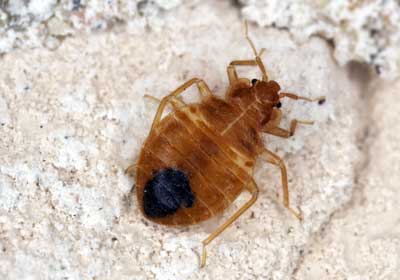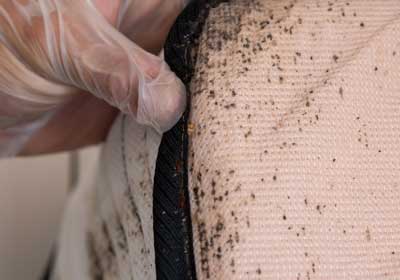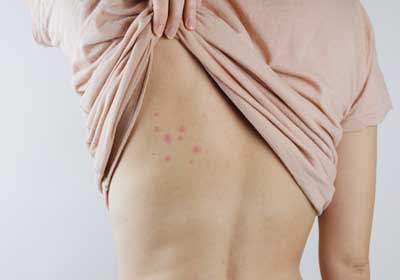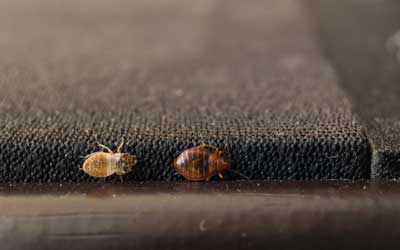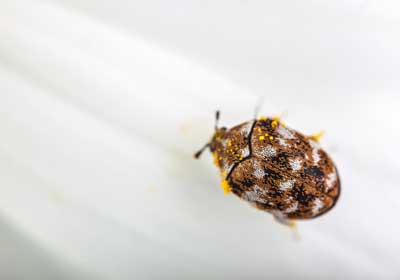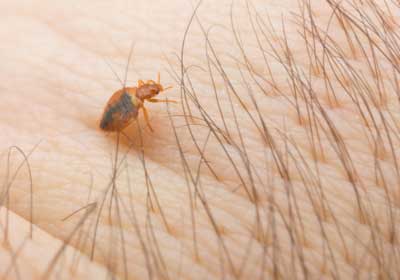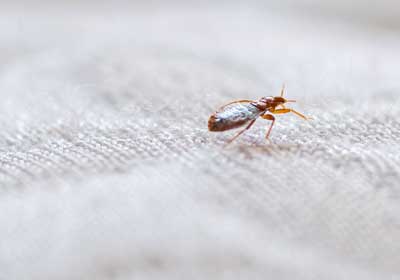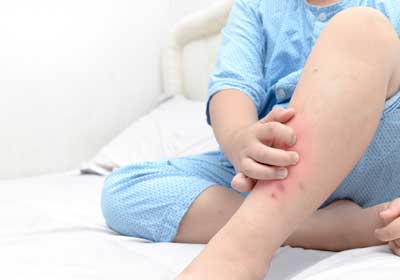Bed Bug Identification
- What do bed bugs look like?
- How to spot bed bugs
- Do I have bed bugs?
- How do bed bugs spread in Louisiana?
- How to tell if you have bed bugs or carpet beetles
- Do bed bugs bite?
- What do bed bug bites look like?
- Do bed bug bites itch?
- Can bed bugs hurt me?
- What kinds of diseases can you get from bed bugs?
- How to treat bed bug bites
- What helps bed bug bites?
- How to get rid of bed bugs in Louisiana
- Does baking soda kill bed bugs?
- Do it yourself bed bug treatment
- Does washing bedding and clothing in high heat kill bed bugs?
- Do I have to throw out food after a bed bug infestation?
- Do I have to throw out my bed bug infested mattress?
- How do you get rid of bed bugs in your carpet?
- How do I prepare for bed bug treatment in Louisiana?
- How to prevent bed bugs in Louisiana
- How to prevent bed bugs in an apartment
- How to prevent bed bugs in dorm rooms
- Can I prevent bed bugs naturally?
- Can I prevent bed bugs when purchasing used furniture?
- How to prevent bringing bed bugs into your home
- Can pets spread bed bugs?
- How to prevent bed bugs from spreading in Louisiana
- Does anything keep bed bugs away?
- Who’s at risk of getting bed bugs in Louisiana?
Bed bugs are small brown or red insects that are oval-shaped and the size of an apple seed. After feeding, they can look more red and engorged. Learn more about how to identify a bed bug here!
Bed bugs can be located in a variety of areas around your home, from mattresses to baseboards and even power outlets. Learn where to locate hidden bed bugs with our team of experts.
Some of the signs that you may have a bed bug problem are finding small red or brown spots on your bedding or having red, itchy bite marks on your skin. Find out how to determine your likelihood of having an infestation here.
Bed bugs are infamous for hitching a ride on just about anything. Traveling and used furniture are common sources of bed bug transmissions. These insects can jump on luggage, purses, and more.
Bed bugs and carpet beetles can be distinguished by the appearance of their larvae. Compared to bed bug larvae, carpet beetle larvae are fuzzier and rounder. Learn more of their differences here!
Bed bugs bite their hosts to feed. Bed bug bites usually occur at night or whenever the host is at rest. Bite marks on your legs or arms may result in red, itchy marks a few days later.
Bed bug bites are often confused with other types of bites. Bed bug bites often have a very bright red center with a lighter, swollen bump. Symptoms of bed bug bites typically clear up after a week.
Out of all types of bug bites, bed bug bites are considered one of the itchiest. As with most insect bites, it’s important to resist the urge to itch, which will just hinder the healing process or make the bites worse.
Bed bugs may be a major nuisance pest, but they aren’t considered dangerous. Their bites do not transmit any diseases, and they aren’t known to damage your home or belongings.
The good news is that despite their blood-sucking abilities, bed bugs do not transmit any diseases. However, they have been found to be able to carry several disease organisms on their bodies.

